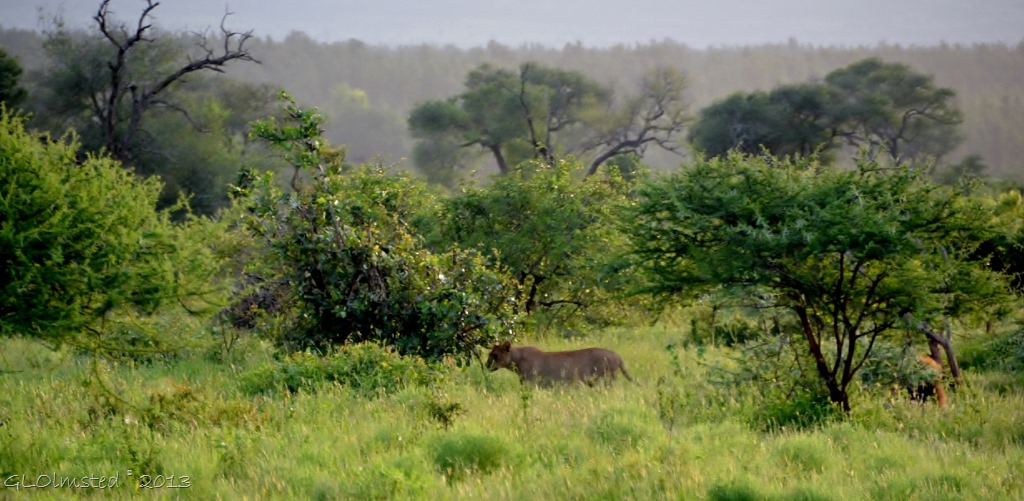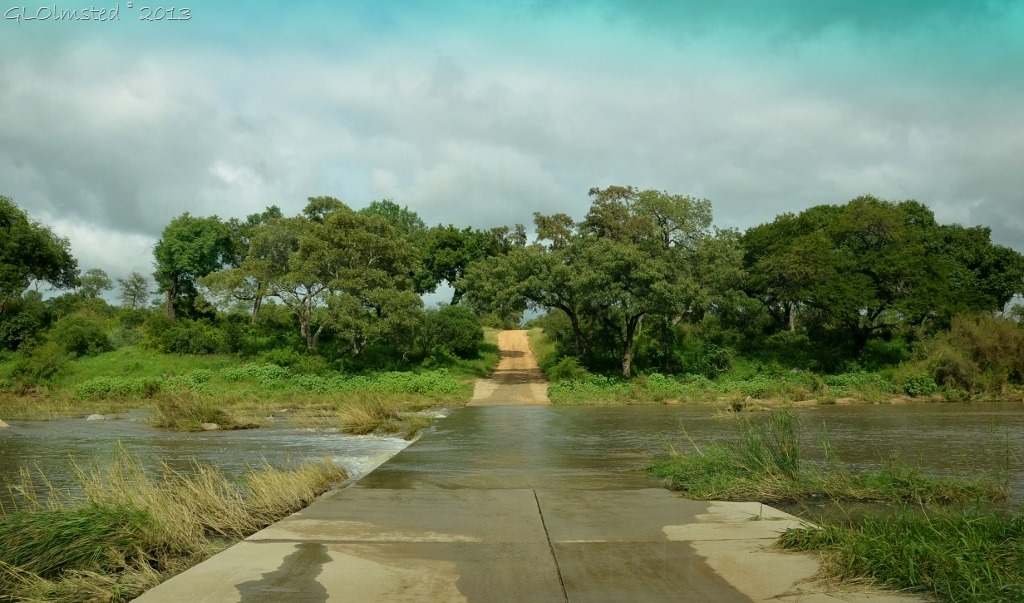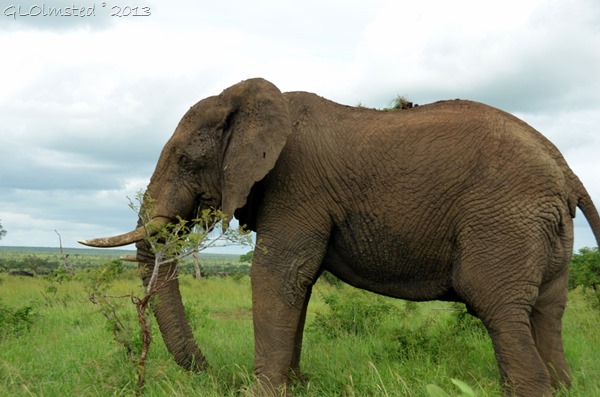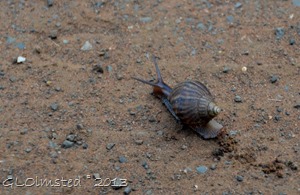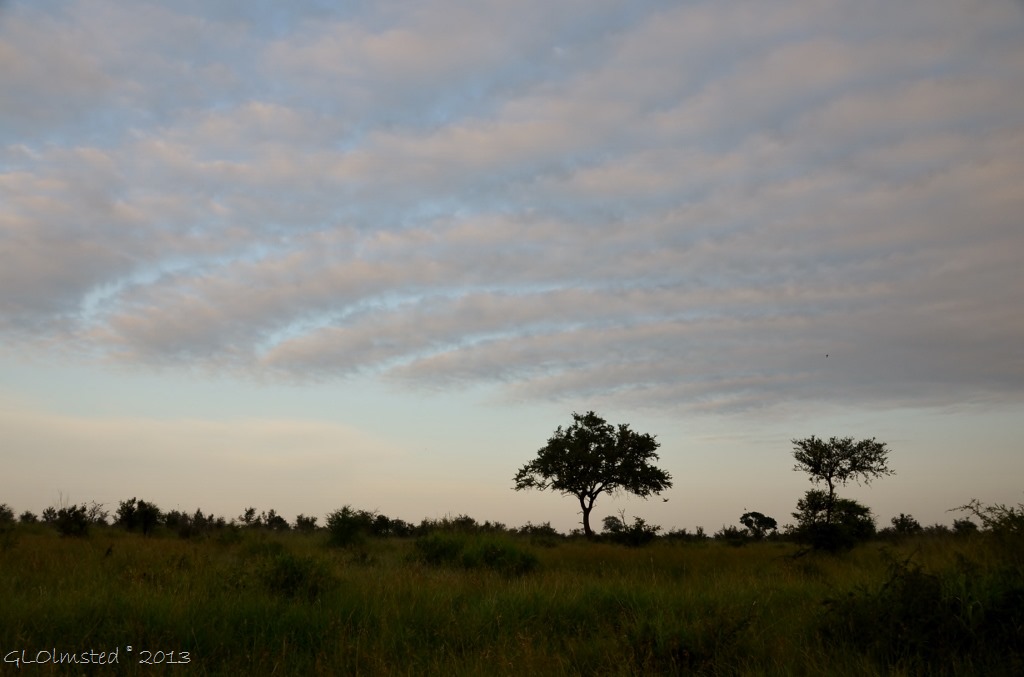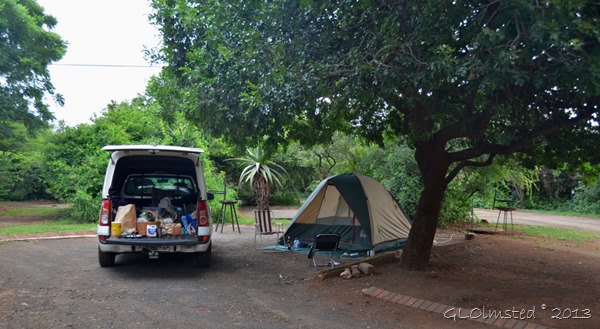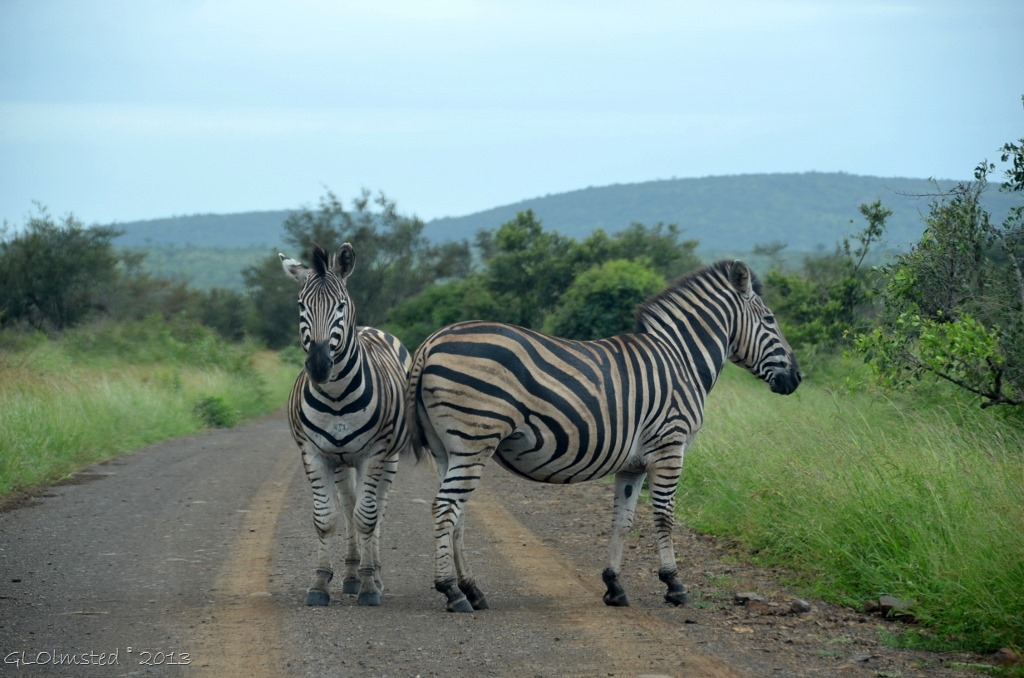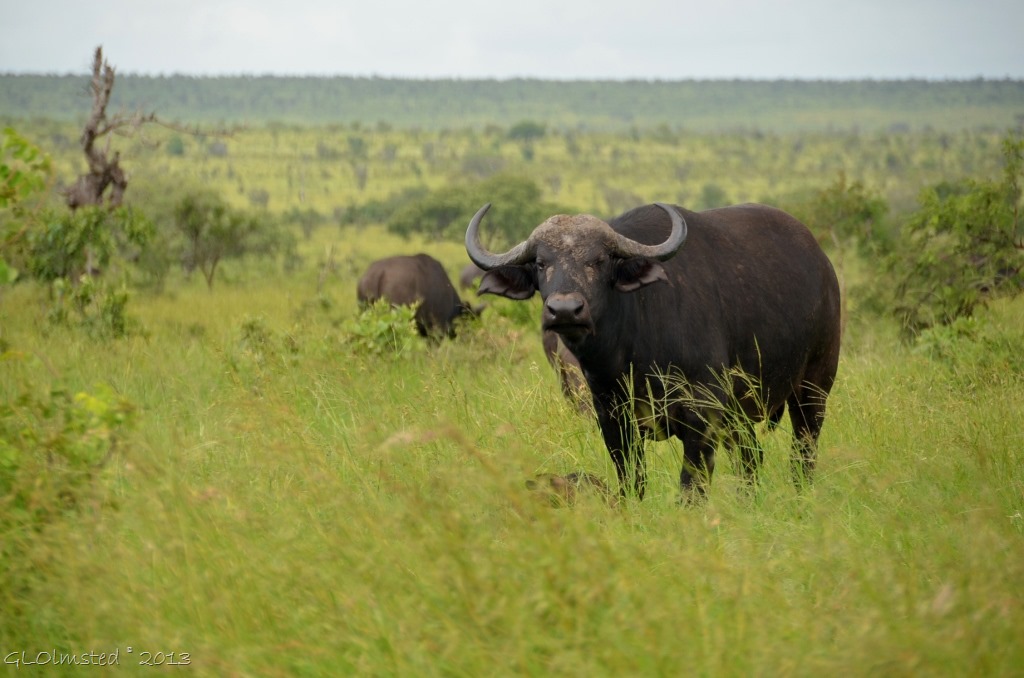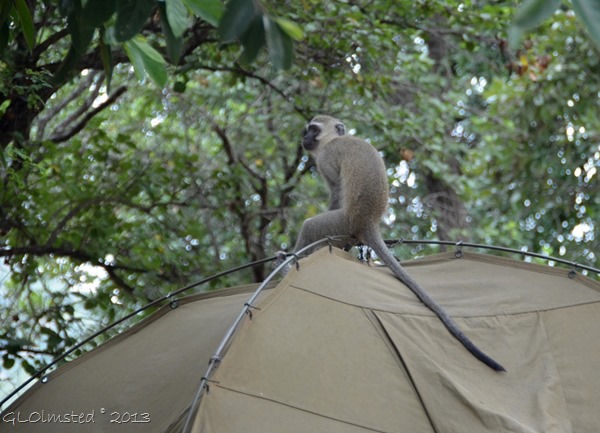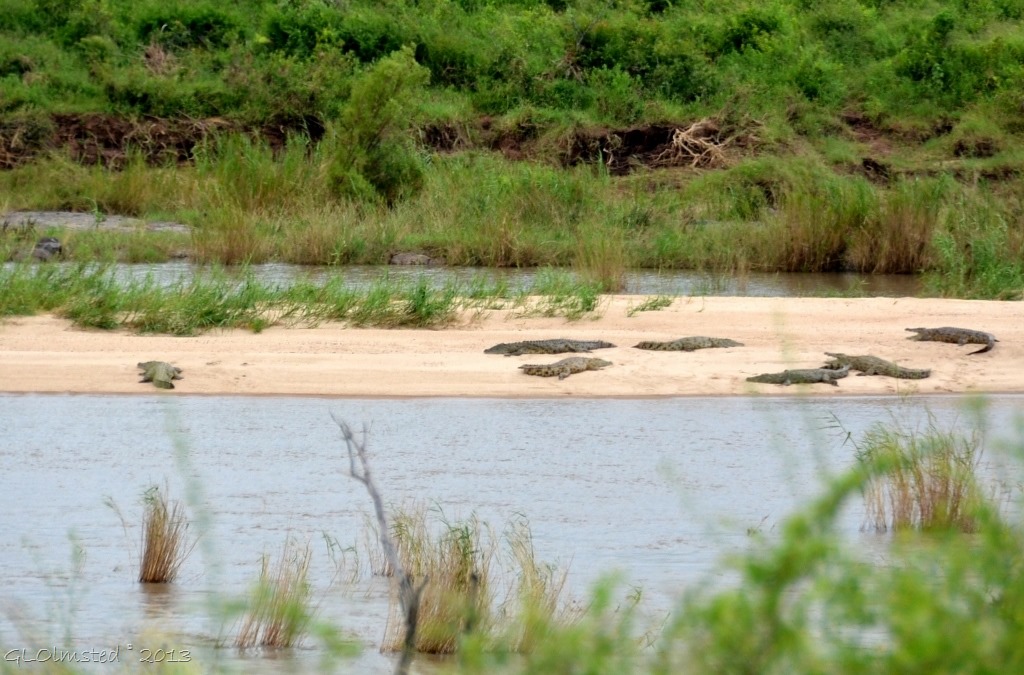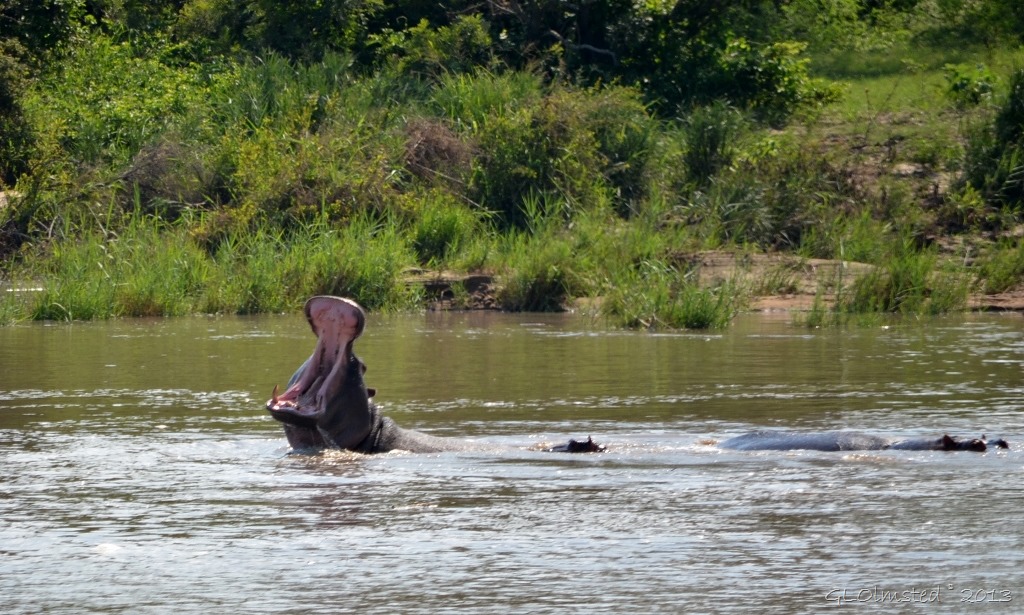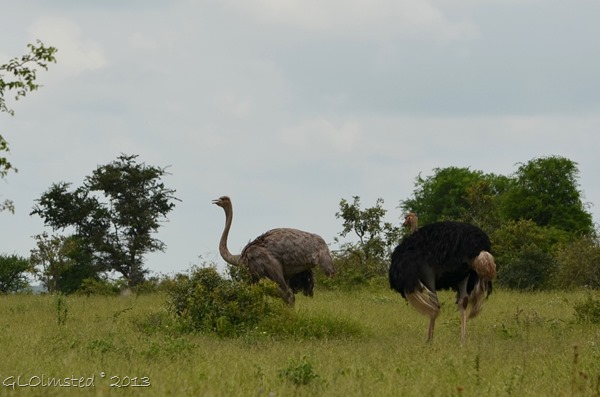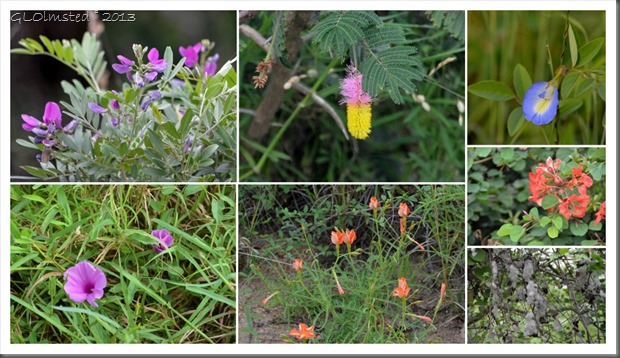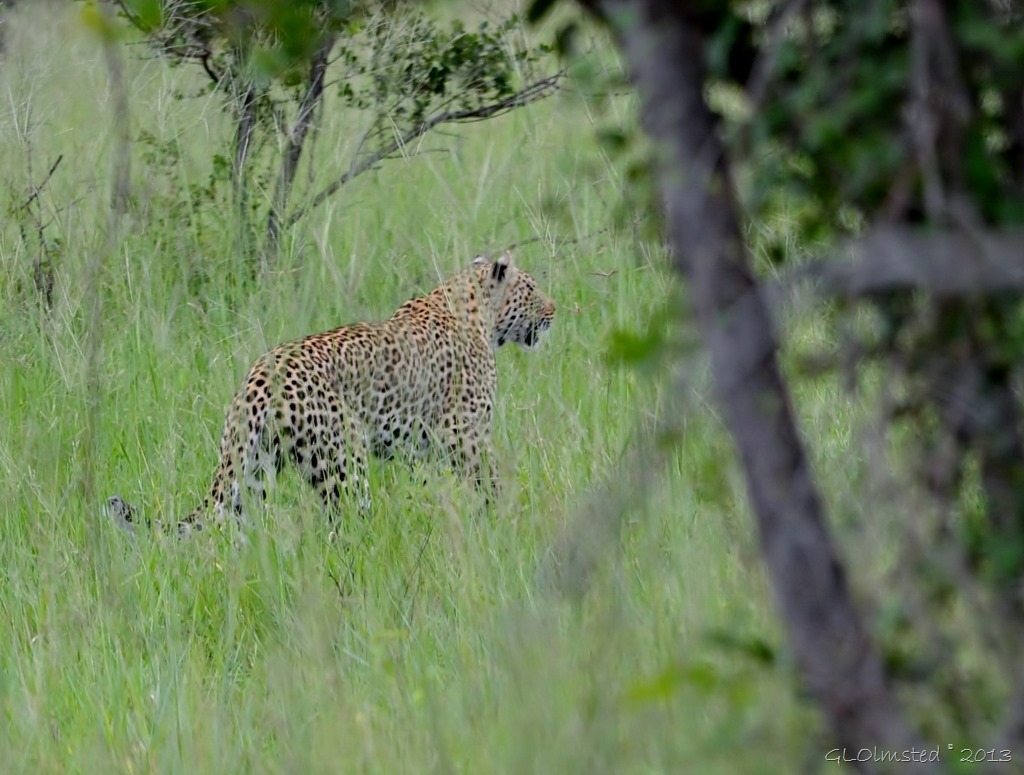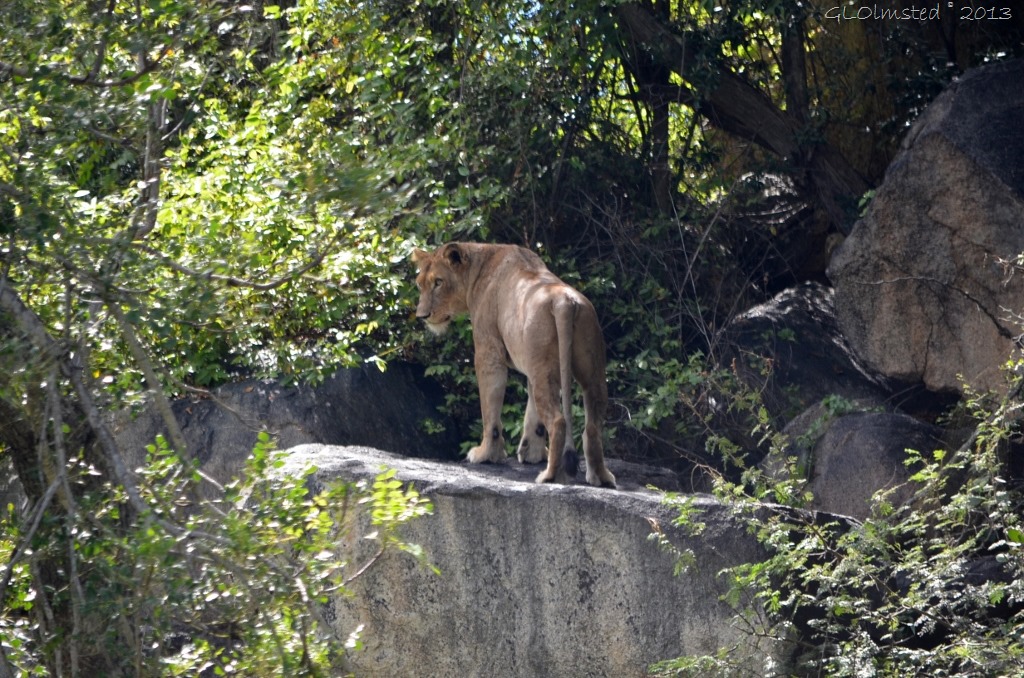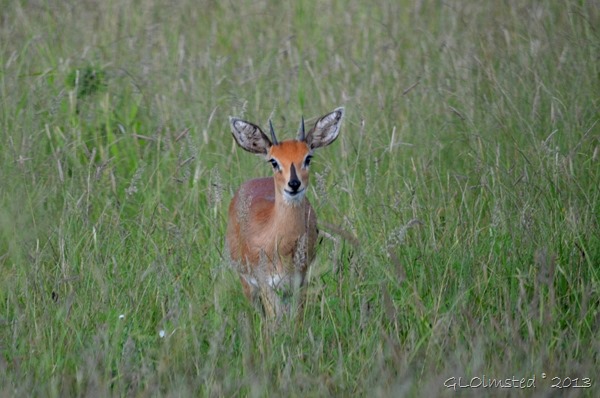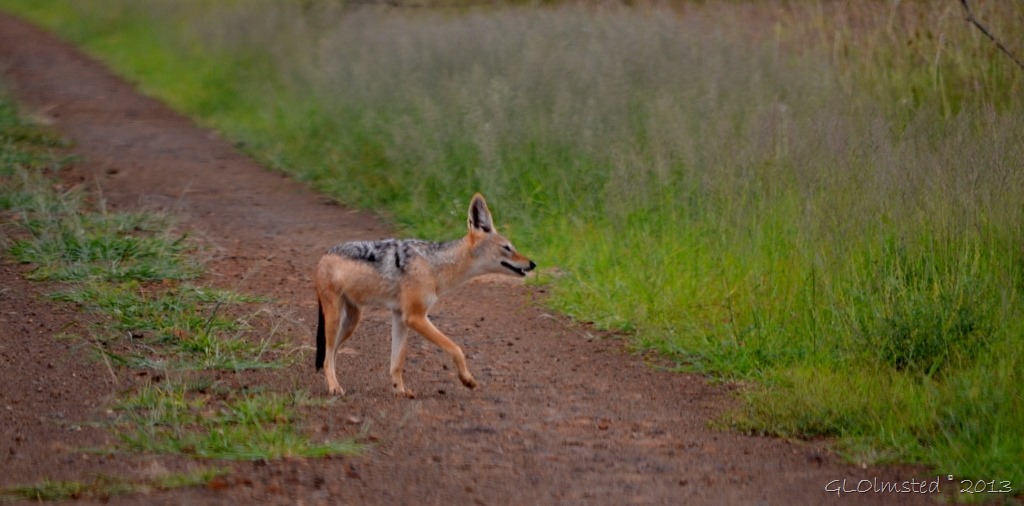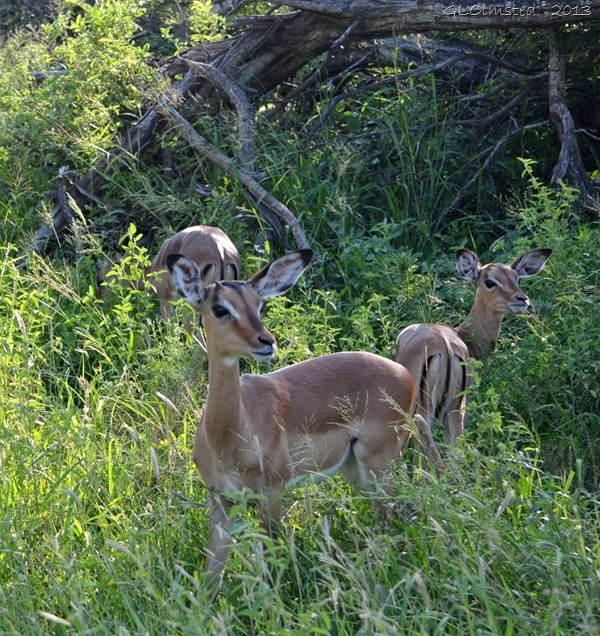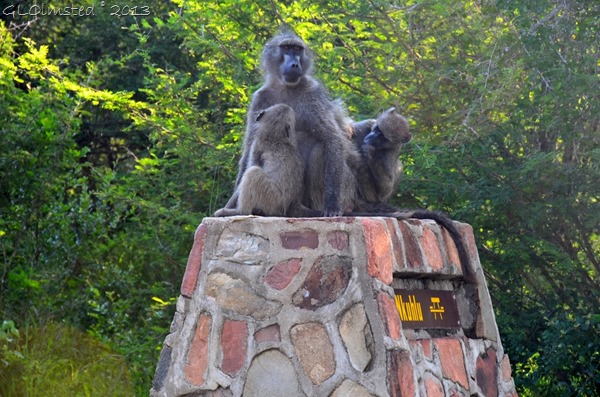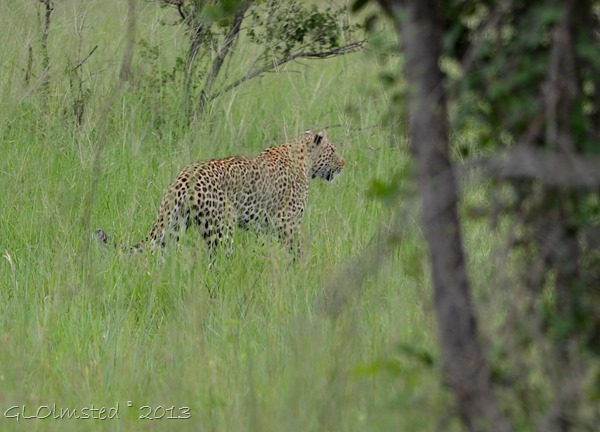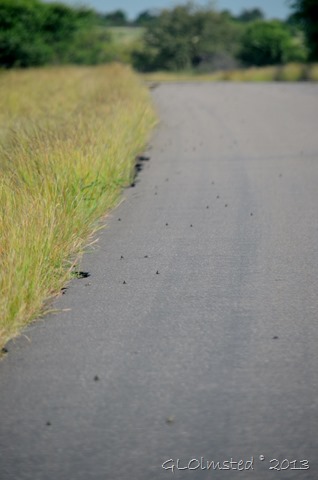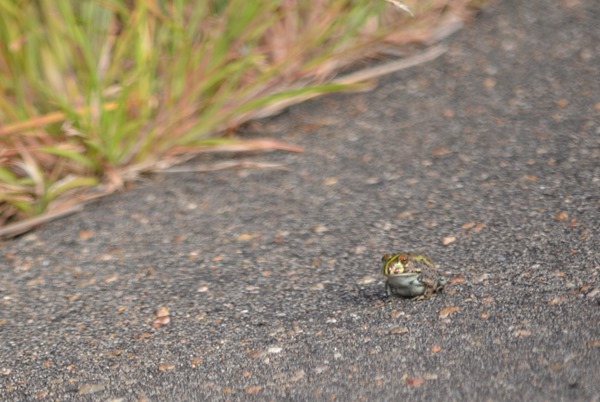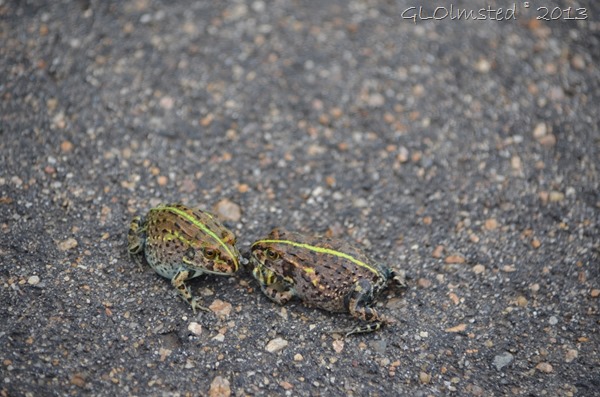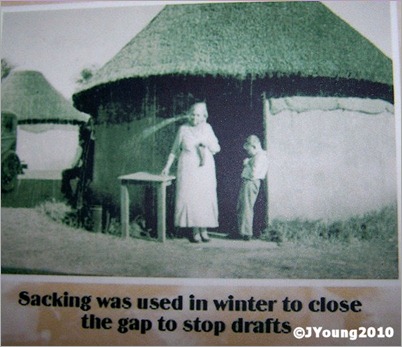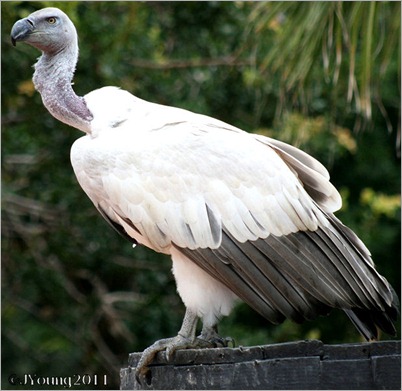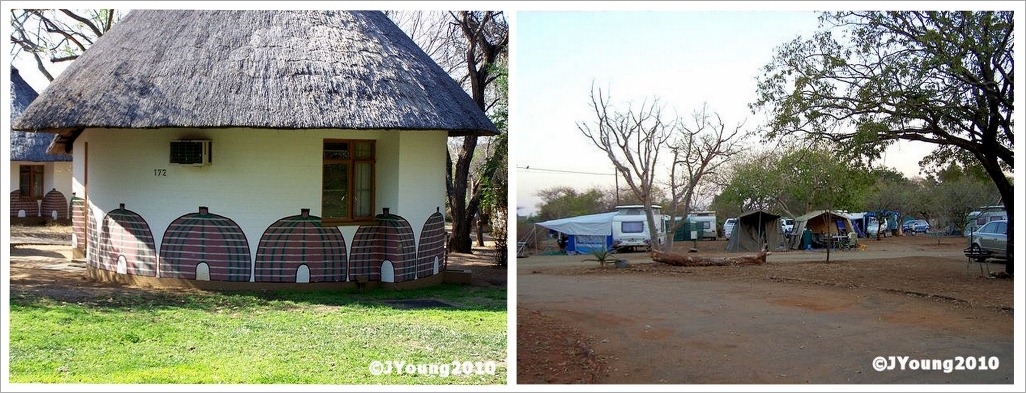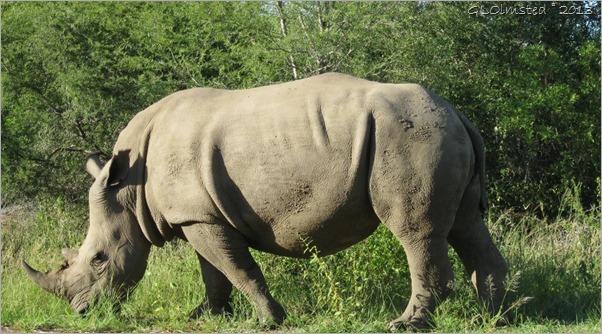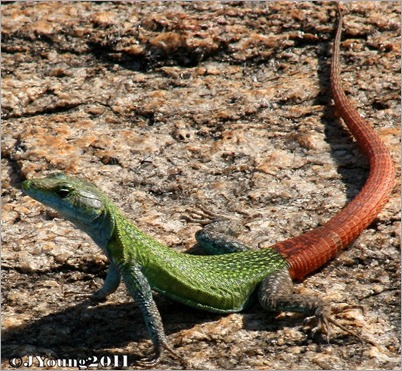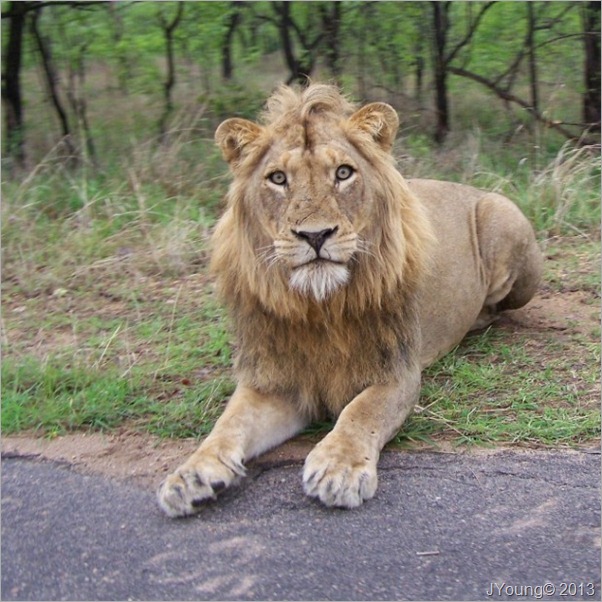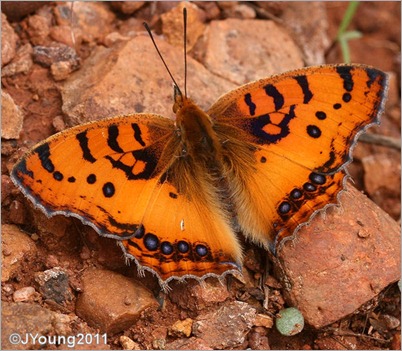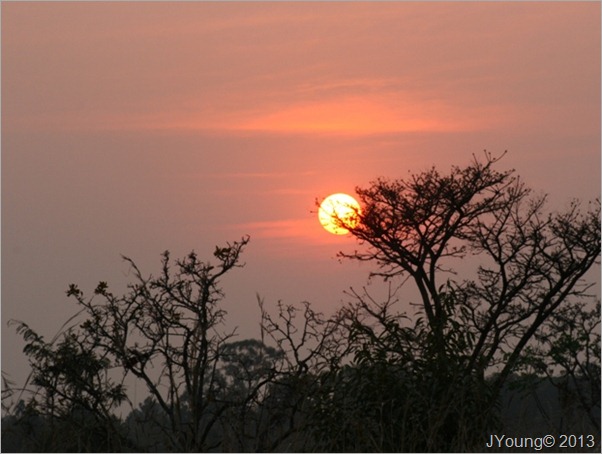Joan and I arrived at Crocodile Bridge Gate into Kruger National Park in the dark, after the gate was closed. So we spent the night sleeping in the back of the pickup truck, known as a bakkie, right outside the gate putting us first in line to enter in the morning.
First animals barely seen due to the tall grasses were a pair of lions. This got my heart to pumping and brought back memories of my last visit seeing lions. What an exciting welcome to the park.
Heavy January rains not only increased vegetative growth but caused for severe flooding in northern parts of the park. Some roads and rest camps were closed yet many roads were still open for wildlife viewing.
We camped six nights and saw quite a few animals during the days, both big and small.
A typical day included getting up very early—for me. Joan’s up about 4:30am and out of the bakkie making coffee so when I crawled out of the tent about 5 my cup of java was ready. She really spoiled me and knew how to get me motivated at the crack of dawn.
Camp gates open at 5:30am during February when I was there and close at 6:30pm. Times change in relation to sunrise and set. Fines can be levied for returning late. Rest camps are enclosed by high electrified fences for visitor protection. It was exciting to hear the lions after dark and feel safe in my tent.
This unfortunately doesn’t stop the monkeys and baboons from getting into camp with the potential for problems. Like camping anywhere, it is wise not to leave food laying about or in your tent.
We would often be first out the gate and drive around on the extensive road system at least five hours. Many of the roads are gravel and a few main roads are paved. It’s always a slow drive with eyes looking in all directions in the hope of seeing as much wildlife as possible.
And sometimes they would be easier than others.
During the heat of the day we’d return to camp and often go swimming to cool off, but not with the crocodiles. Most of the main Rest Camps offer a restaurant, food and souvenir shops, and a swimming pool. The ablutions, or restrooms, have toilets, showers and often bathtubs. Plus the communal kitchen area has sinks, stove top, on-demand hot water and sometimes a refrigerator and freezer. And almost all campsites have power. We could even get WIFI with Joan’s modem.
Later in the afternoon we’d head back out and drive more hours looking for wildlife. I was never disappointed. We watched these young hyenas for a while. They were curious about us but wouldn’t come too close and eventually hid in the tall grass and watched us watching them.
We saw so many different birds I’ll have to devote an entire post to them. So this is just a teaser. I was reminded of riding an ostrich, but not in Kruger, on my last visit to South Africa. They’re fast runners at 43 mph (70 kph). The female is the lighter color.
Clockwise: Tree Wisteria, Mimosa, Blue Commelina, Unidentified, Wild cotton, Roadside Pimpernell, Unidentified
Yet visiting a wildlife park is about more than animals. The plant life is spectacularly diverse and beautiful.
Most important when driving around in Kruger National Park is you DO NOT get out of your vehicle. There be predators.
One of the last animals we saw before leaving the park. She appeared to be guarding a den in the rocks.
Or maybe waiting for her pride to return with a meal of something like this little Steenbok. All part of survival in the bush.
One week at Kruger National Park provides time to see a lot of wildlife yet I could enjoy staying longer. I will be back.
Have you been on safari before? What was your favorite animal?

